Akıllı telefonlarda, dizüstü bilgisayarlar, ve her gün güvendiğimiz arabalar, küçük yeşil bir devre kartı bu cihazların sinir sistemi görevi görür. When people talk about “circuit boards,” they often refer to two closely related but distinct concepts: PCB and PCBA. Although they differ by only one letter, they represent two crucial stages in the journey from a “design blueprint” to the “functional brain” of electronic products. Understanding their differences is the first step into the world of modern electronics manufacturing.
What is a PCB? The Skeleton of Electronics
A PCB (Basılı devre kartı) serves as the foundation for all electronic components. You can think of it as a meticulously designed city map filled with complex roads (conductive copper traces) but without any buildings (electronic components). The board itself, typically made of insulating materials like fiberglass, provides mechanical support and establishes electrical connections through the etched copper traces. In short, a bare PCB has no inherent functionality; it is merely a carrier awaiting life. Depending on design and application, PCBs can be single-layer, double-layer, or more complex multi-layer boards to meet the growing demands for miniaturization and enhanced functionality in electronic devices.
What is a PCBA? Bringing Circuits to Life
PCBA (Baskılı Devre Kartı Düzeneği) refers to the process of mounting various electronic components—such as chips, resistors, and capacitors—onto a blank PCB through soldering, resulting in a fully functional circuit board. If a PCB is a city blueprint, then a PCBA is a fully constructed, bustling metropolis with buildings, lights, and moving traffic. At this stage, the board gains a “soul” and can perform calculations, process signals, and execute specific functions. In fact, every electronic device we use daily relies on the PCBA to operate effectively.
Key Differences Between PCB and PCBA
To clarify, the differences are apparent:
| Özellik | PCB (Basılı devre kartı) | PCBA (Baskılı Devre Kartı Düzeneği) |
|---|---|---|
| Definition | A bare board with conductive traces but no mounted components. | A board with all electronic components soldered, fully functional. |
| İşlev | Provides mechanical support and electrical connections; no inherent function. | Performs specific electronic functions; core processing unit of the device. |
| Composition | Insulating substrate + copper traces | PCB + electronic components (chips, resistors, kapasitörler) + solder |
| Manufacturing Stage | The first step in electronics manufacturing; component-level | Post-PCB manufacturing; close to finished or semi-finished product |
| Maliyet | Relatively low; manufacturing cost of bare board | Higher; includes bare board, components, toplantı, and testing costs |
The Assembly Journey: From Empty City to Bustling Metropolis
Transforming a PCB into a powerful PCBA requires a highly precise assembly process. Currently, two main techniques dominate: Yüzey montaj teknolojisi (SMT) is the most common method in modern electronics manufacturing. It uses automated equipment to mount tiny electronic components directly onto the PCB surface. The process involves printing solder paste onto PCB pads through a stencil, placing components from reels with a high-speed pick-and-place machine, and permanently fixing components using a reflow soldering process. SMT dramatically improves production efficiency and assembly density, making it essential for compact devices like smartphones.
Delikten teknoloji (Tht) is a more traditional method where component leads pass through pre-drilled holes in the PCB and are soldered on the opposite side. While SMT dominates, THT remains widely used in applications requiring high mechanical strength or high power, such as connectors and large capacitors. Many PCBAs use both techniques in a hybrid assembly to leverage the strengths of each.
Applications and Future Trends
From consumer electronics to automotive, medical, and aerospace industries, PCBAs form the foundation of modern technology. In consumer electronics, smartphones, dizüstü bilgisayarlar, and smart home devices rely on highly integrated PCBAs. In automotive electronics, modern vehicle control systems, navigation, and autonomous driving features depend on reliable PCBA. Industrial robots, automation equipment, and precision medical instruments also require stable, durable PCBAs to ensure accurate operation.
With the rapid development of AI, 5G communication, Ve Nesnelerin İnterneti (IoT), the demand for high-density, high-performance, and environmentally friendly PCBAs is rising. Applications like AI chips and high-performance computing push PCB technology to handle more complex circuits and higher-speed signal transmission. Sonuç olarak, manufacturers continue to innovate to meet the evolving requirements of modern electronics.
Çözüm:
In summary, a PCB is the foundation, the skeleton, while a PCBA builds upon it, becoming a living, functional “brain.” Although people often use the terms interchangeably, anyone involved in electronics must understand that a PCB is a bare board with circuits, whereas a PCBA is a functional board with mounted components. Next time you see that familiar green circuit board, you will appreciate its remarkable journey from a static blueprint to the dynamic core powering our digital world.
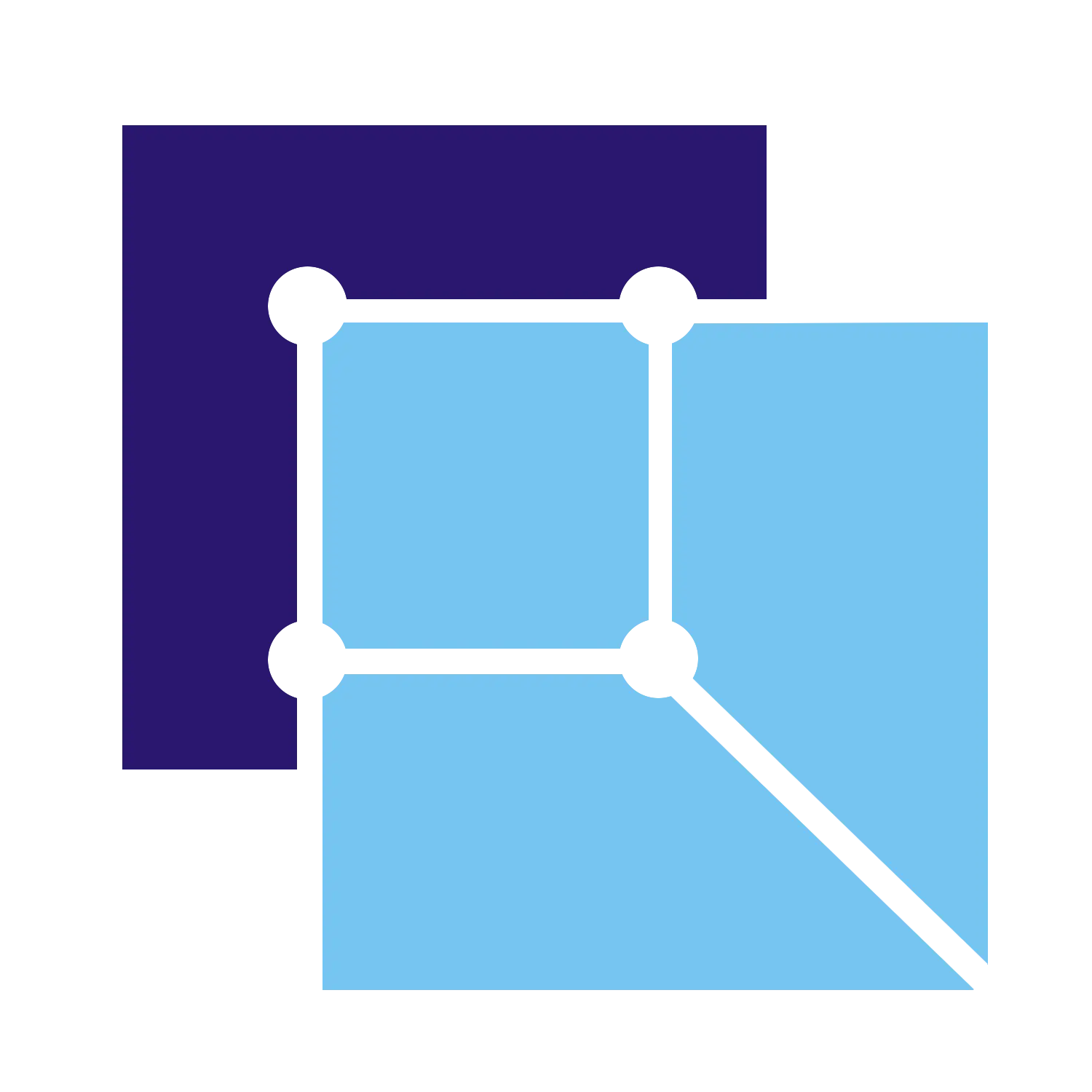

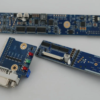
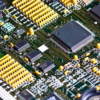
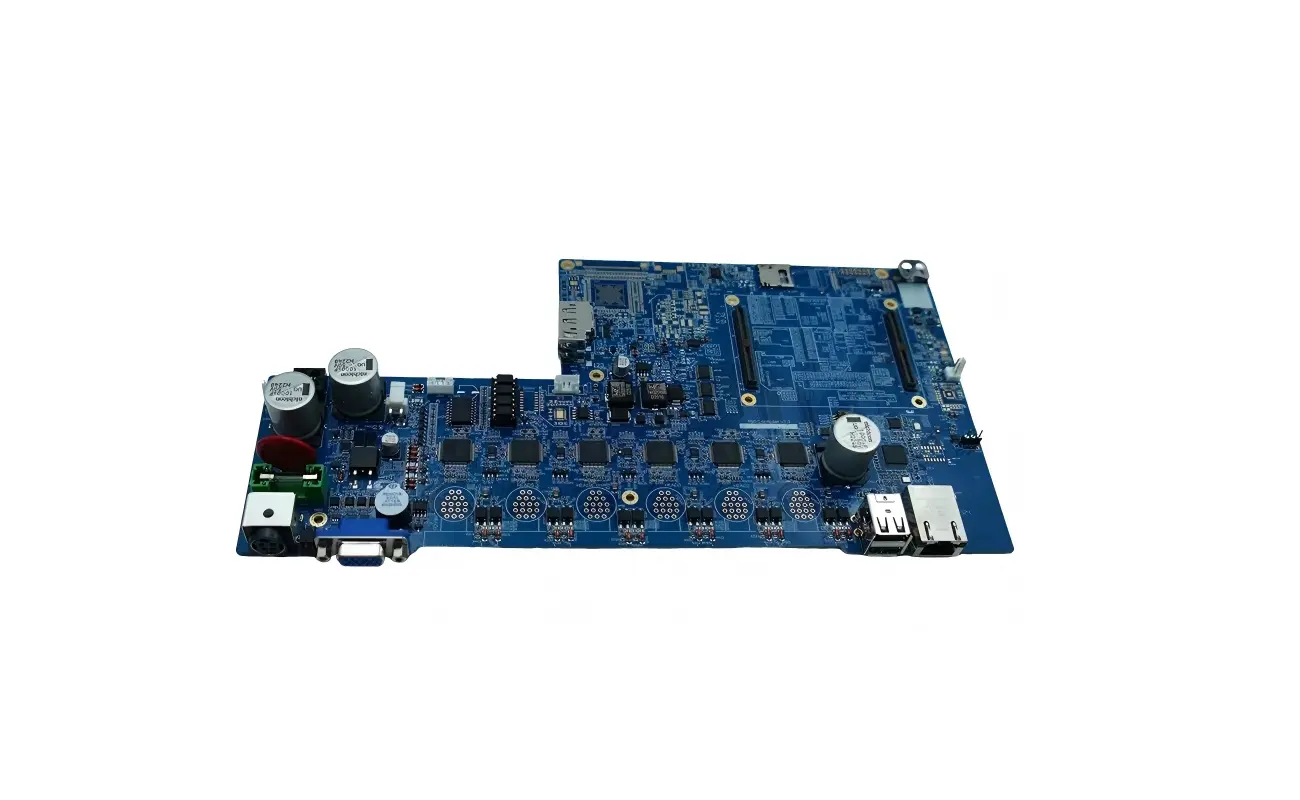
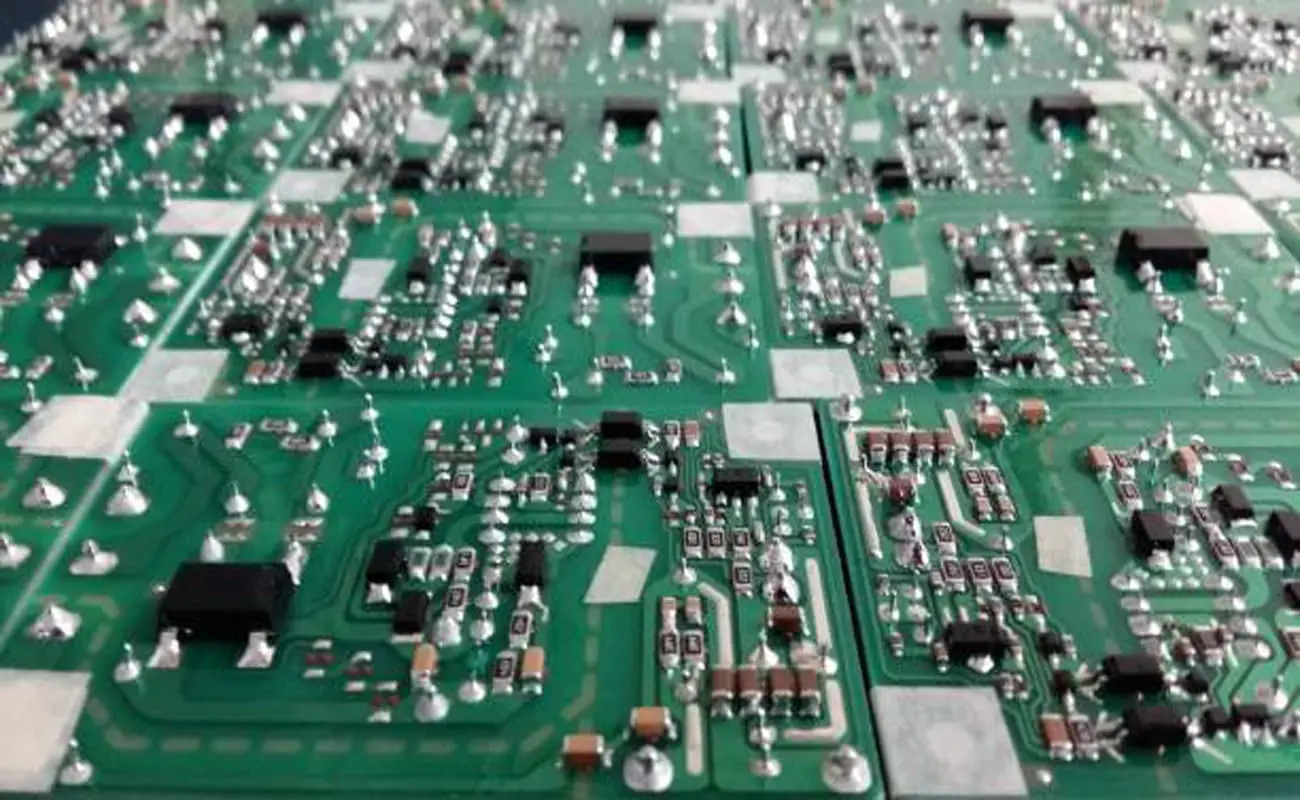

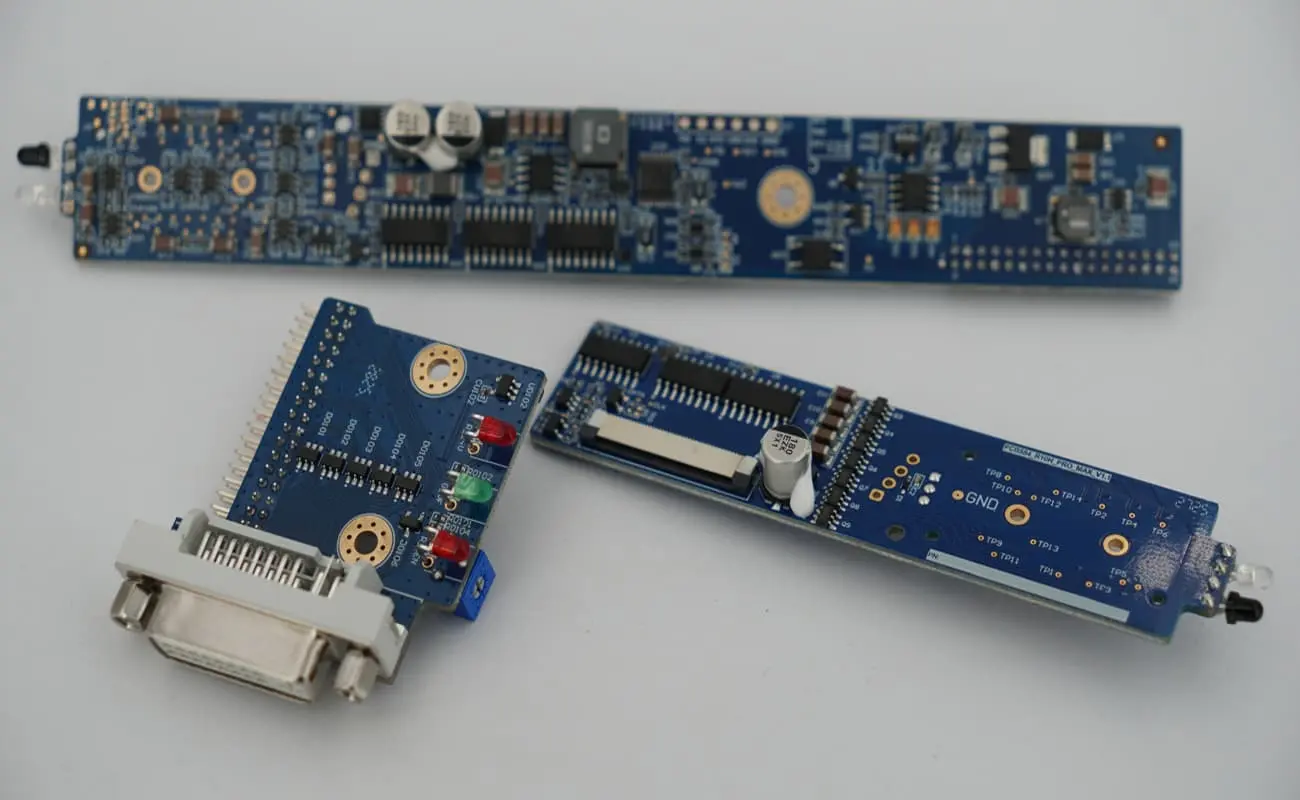

Cevap vermek